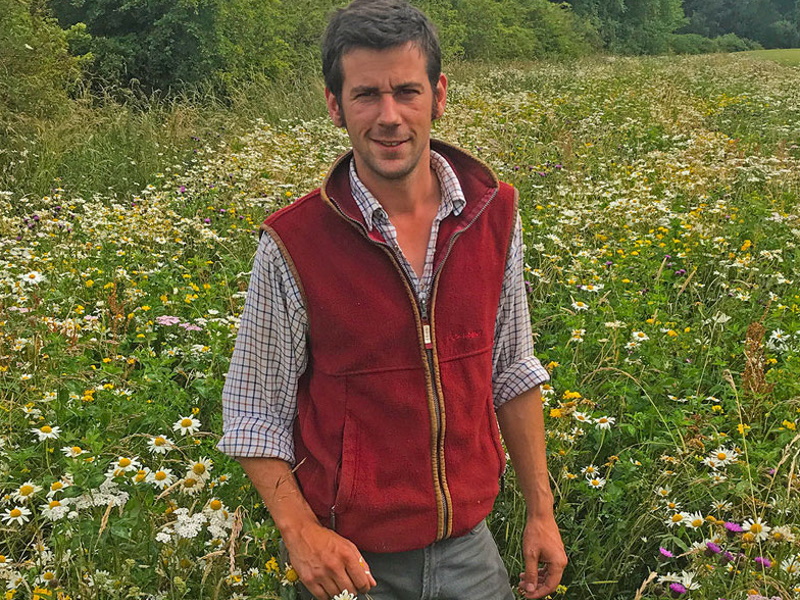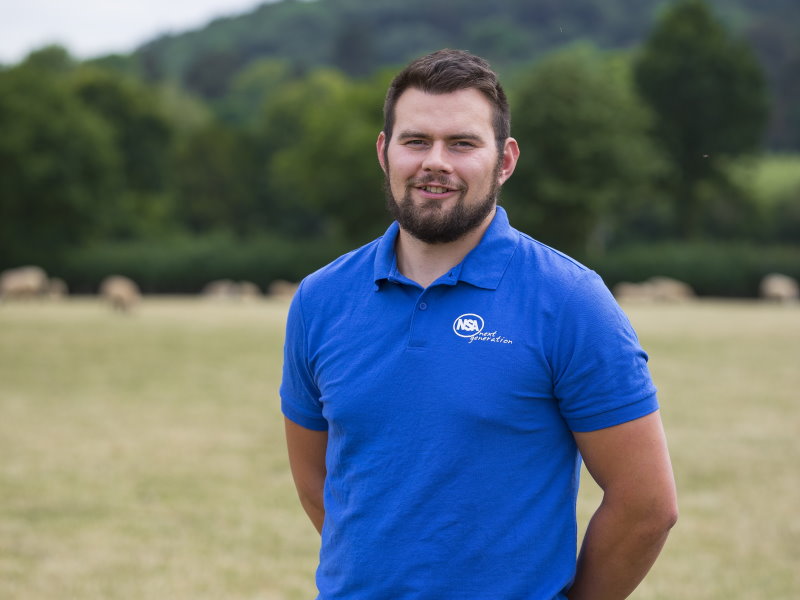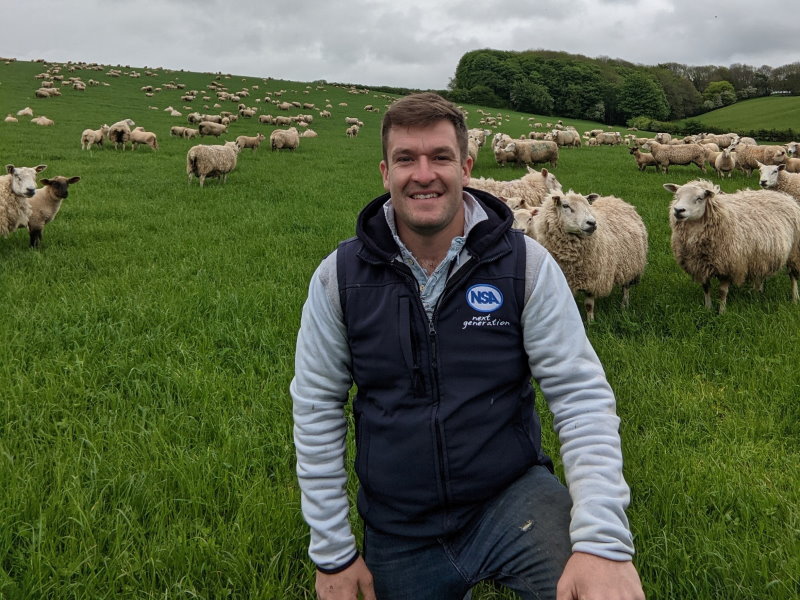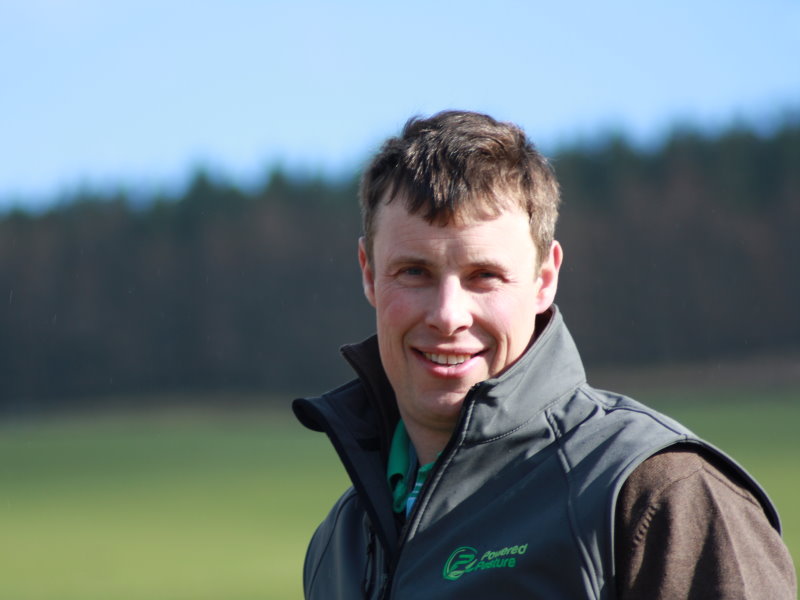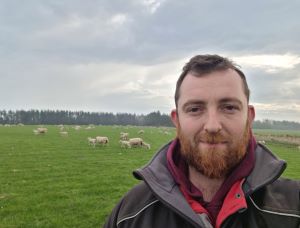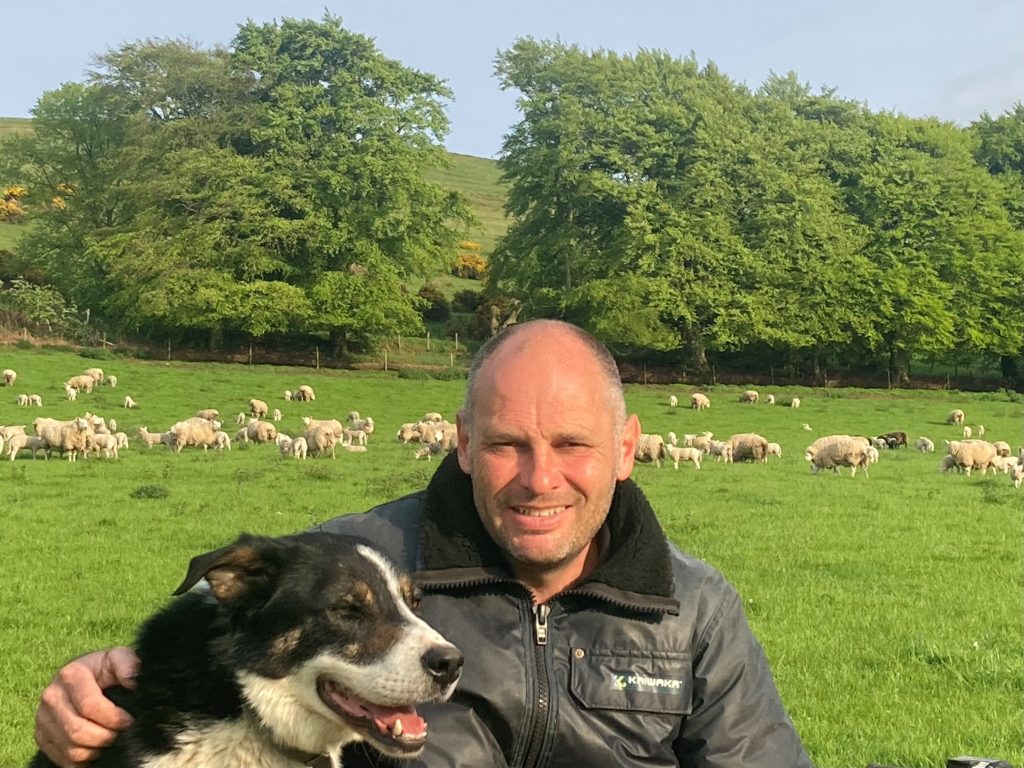Regenerative Agriculture – Small, Measured Steps
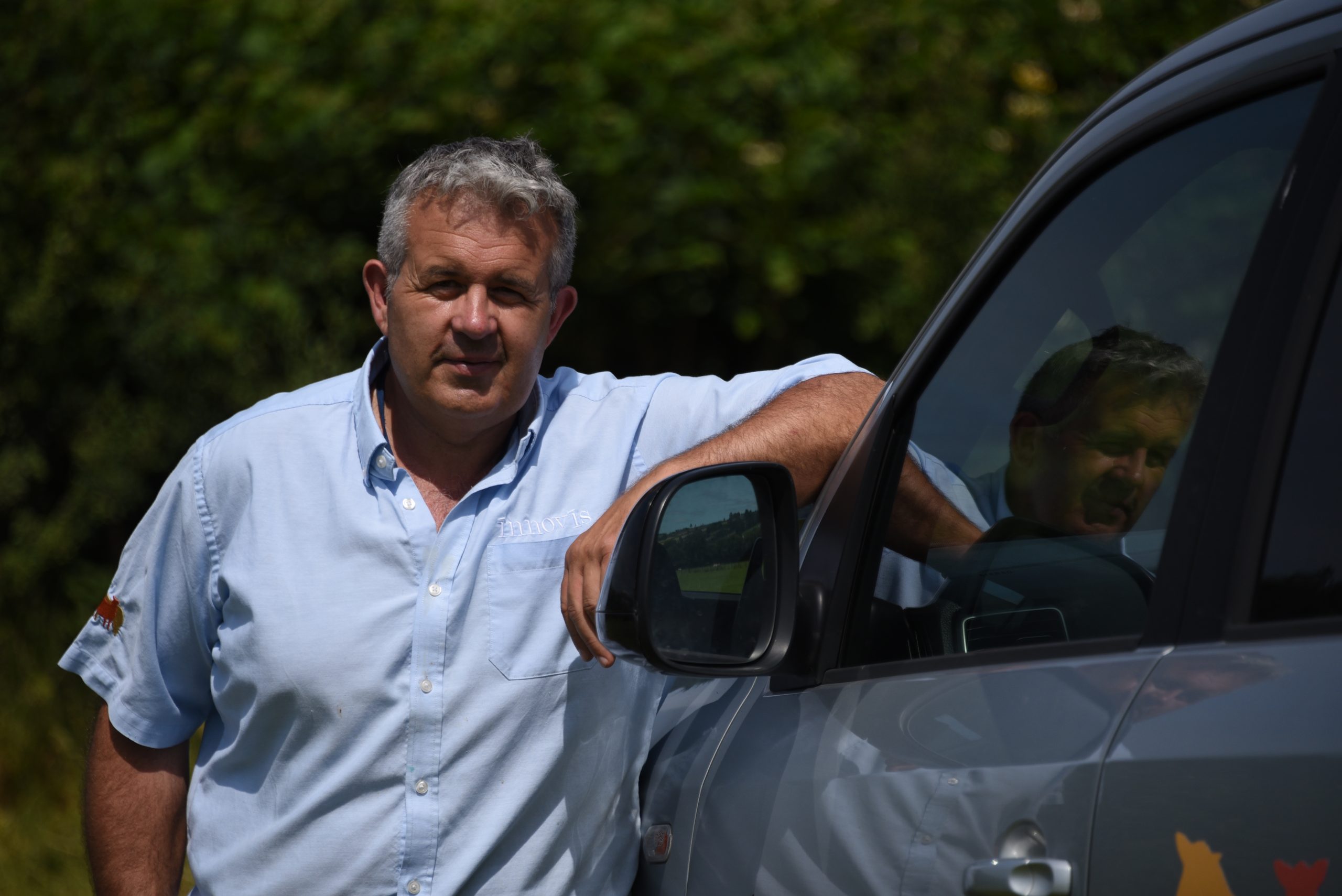
I am no expert on regenerative farming systems, however I’m attempting to quickly learn. Regenerative agriculture is a system of farming principles and practices that seek to restore and enhance the farm’s entire ecosystem by placing a heavy premium on soil health and more.
Regenerative agriculture is a method of farming that improves the resources it uses, rather than destroying or depleting them.
So where do sheep fit in? Mixed farming is the way forward for many of us, and introducing systems such as rotational grazing and cover crops improve soil structure and health. In turn, these approaches result in higher quality yields and a richer, more natural environment without the need for purchased inputs such as concentrate feed and artificial fertilisers, together with reduced pesticides and herbicides.
Furthermore, sheep have a minimal carbon footprint, and carbon neutrality is a real option for many of us as we incorporate sequestering woody vegetation to offset on-farm emissions. This can be done sensibly whilst adding value to the farm infrastructure and its ecosystem, and producing high quality, nutrient-dense food. And while output is often reduced, there is frequently a healthier bottom line.
Whilst there are many unanswered questions and a whole raft of research work needed before we fully understand the regenerative approaches we are being encouraged to use, I suggest we best start making progress since our antipodean counterparts are forging already ahead on this path. Small, measured steps.
Innovis CEO, Dewi Jones
Meeting the challenge of sustainable sheep farming
– Innovis geneticist Janet Roden
Breeding sheep — an important part of the solution
It’s quite clear that sheep will play an important part in helping us meet the sustainability challenges we all face over the next few decades, whether it is by providing high quality protein from upland and hill grazing, by maintaining the landscapes and biodiversity we value, by improving soil quality and weed control in arable rotations or by playing their part in achieving Net Zero by 2040. But how do we breed sheep that are up to these challenges?
Lighter more efficient ewes—a win-win for you and the environment
It’s quite clear that sheep will play an important part in helping us meet the sustainability challenges we all face over the next few decades, whether it is by providing high quality protein from upland and hill grazing, by maintaining the landscapes and biodiversity we value, by improving soil quality and weed control in arable rotations or by playing their part in achieving Net Zero by 2040. But how do we breed sheep that are up to these challenges?
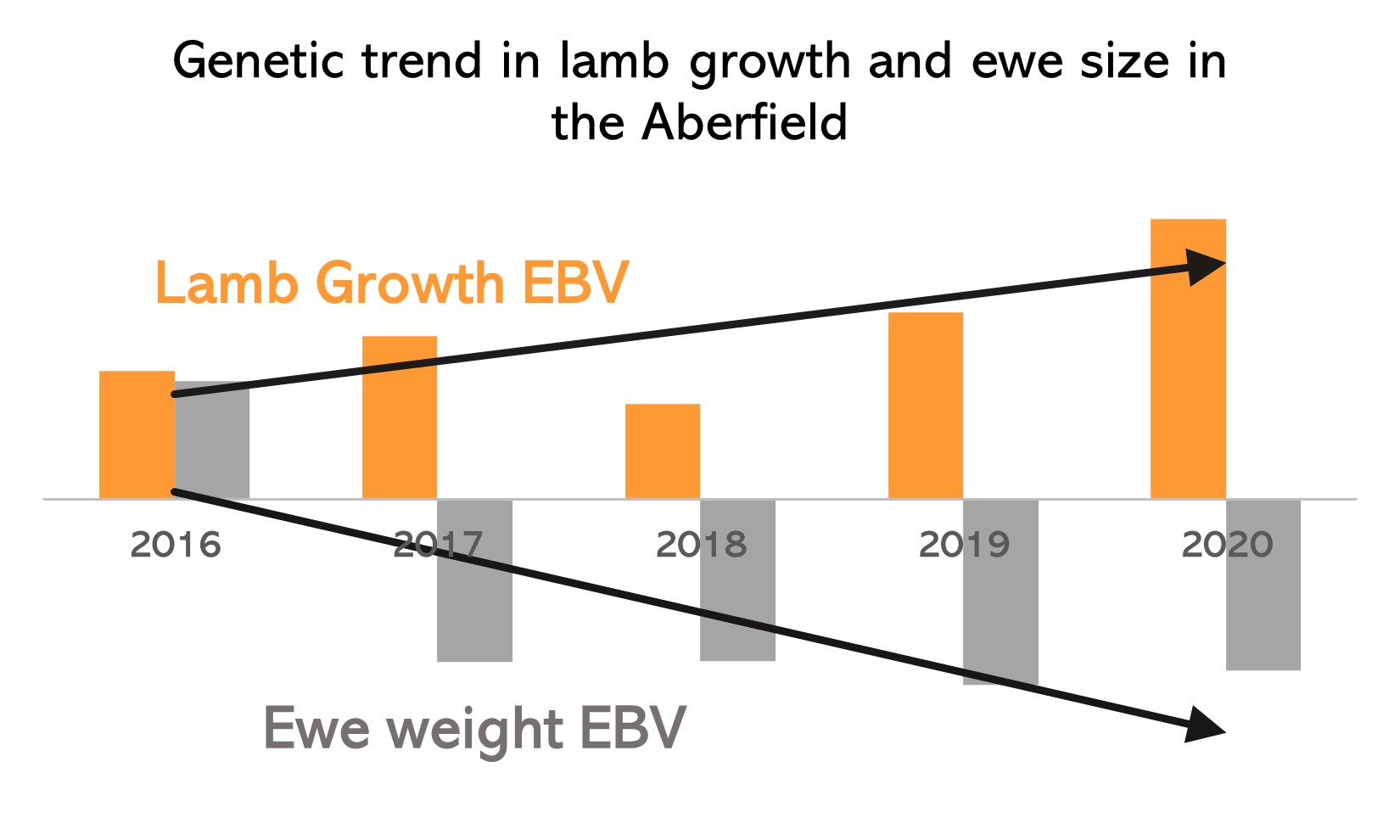
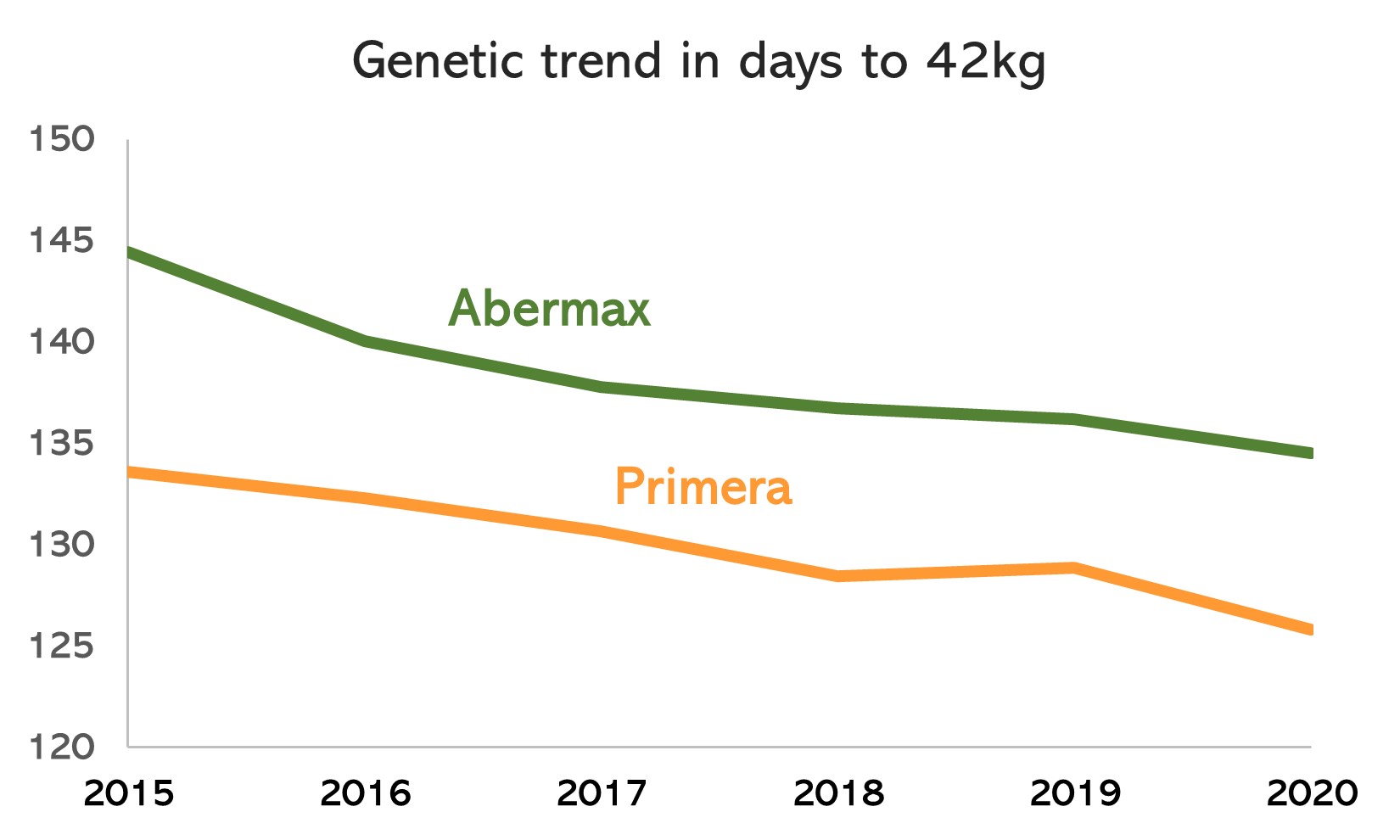
Bred to finish on grass – less days on farm
Our focus has always been on breeding sheep that will thrive and perform on forage based systems and leave a healthy return for our customers. The ideal sheep to meet this criteria also ticks most of the boxes for a sheep that will help meet the sustainability challenges of the future. All our sheep are managed and measured on forage based systems so that we can identify the genetics that will consistently perform without concentrate feeding.
Genetic improvement in our meat sire lines over the years means that we expect lambs to be on farm 9-10 days less than they were five years ago—another win-win for reducing costs and contributing to lower methane emissions.
